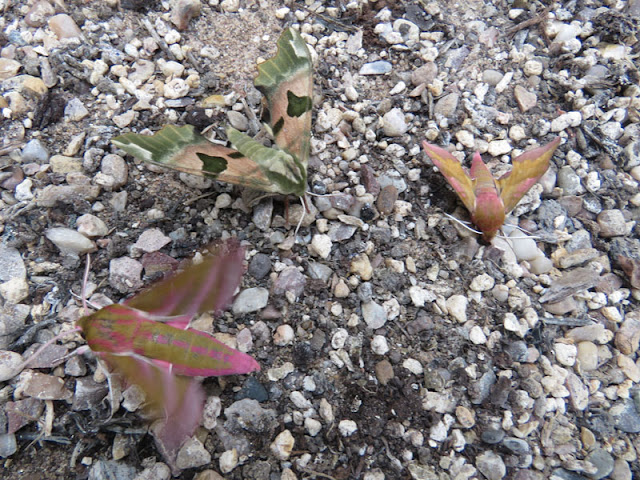A big list since the last post but take away the moths and a few plants I got and there's not a great deal else. The Honey Bee I forgot to add some while ago , it wasn't my first but I have not seen many at all this year. Compare that to the Tree Bumble Bees and its a rarity.
I've now hit 300 species of plant for the year but I think I was a bit optimistic with planning for 375. I know a good handul more I can get but with the late start and two of the woods now sold into private ownership since 2014, and no longer any access, I think I will need a lot more invertebrates than planned to make up the difference. I'm still fairly confident on the moths, provided this $£%%^& rain stops.
 |
| Green Arches |
 |
| The Mayfly Ephemera danica |
The list
727. Eilema lurideola (Common Footman)
728. Bupalus piniaria (Bordered White)
729. Rivula sericealis (Straw Dot)
730. Aethes rubigana (a moth)
731. Hadena plebeja (Shears)
732. Cydia splendana (a moth)
733. Caradrina morpheus (Mottled Rustic)
734. Euthrix potatoria (Drinker)
735. Evergestis forficalis (Garden Pebble)
736. Lyonetia clerkella (Apple Leaf Miner)
737. Ectoedemia decentella (a moth)
738. Campaea margaritaria (Light Emerald)
739. Hadena bicruris (Lychnis)
740. Stenoptilia millieridactyla (Saxifrage Plume)
741. Prays fraxinella (Ash Bud Moth)
742. Ephemera danica (Green Drake)
743. Cloeon dipterum (Pond Olive)
744. Microchrysa polita (Black-horned Gem)
745. Athripsodes albifrons (a Caddisfly)
746. Scoparia ancipitella (a moth)
747. Scoparia pyralella (a moth)
748. Scoparia ambigualis (a moth)
749. Pterophorus pentadactyla (White Plume)
750. Bryophila domestica (Marbled Beauty)
751. Pandemis cerasana (Barred Fruit-tree Tortrix)
752. Anaplectoides prasina (Green Arches)
753. Venusia cambrica (Welsh Wave)
754. Idaea biselata (Small Fan-footed Wave)
755. Diarsia brunnea (Purple Clay)
756. Cheilosia scutellata (a hoverfly)
757. Melanchra persicariae (Dot Moth)
758. Eucosma campoliliana (a moth)
759. Hydriomena furcata (July Highflyer )
760. Mamestra brassicae (Cabbage Moth)
761. Thymelicus sylvestris (Small Skipper)
762. Zygaena filipendulae (Six-spot Burnet)
763. Anchusa arvensis (Bugloss)
764. Torilis japonica (Upright Hedge-parsley)
765. Carex pilulifera (Pill Sedge)
766. Carex paniculata (Greater Tussock-sedge)
767. Calystegia sepium (Hedge Bindweed)
768. Crepis capillaris (Smooth Hawk's-beard)
769. Juncus acutiflorus (Sharp-flowered Rush)
770. Juncus conglomeratus (Compact Rush)
771. Scirpus sylvaticus (Wood Club-rush)
772. Agrostis canina (Velvet Bent)
773. Glyceria fluitans (Floating Sweet-grass)
774. Ribes sanguineum (Flowering Currant)
775. Apis mellifera (Honey Bee)
776. Eristalis arbustorum (a hoverfly)







































